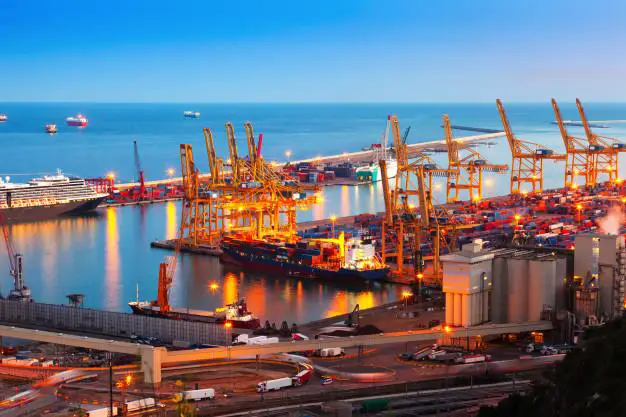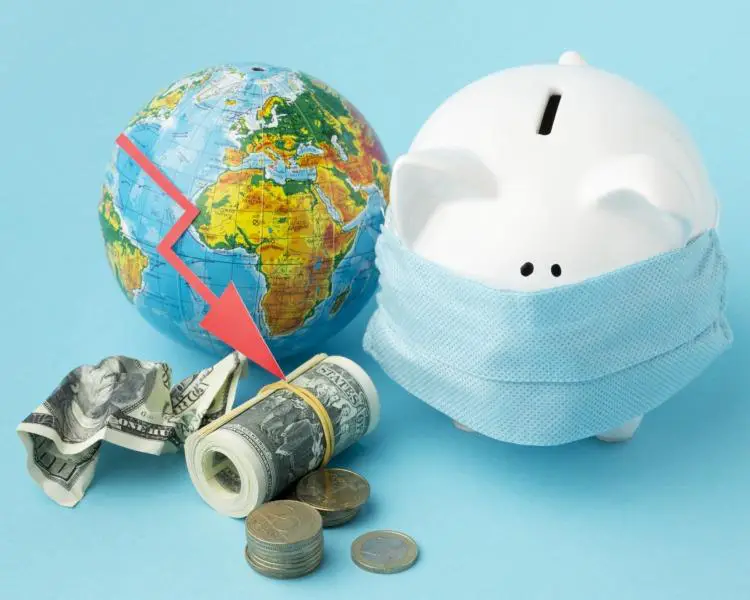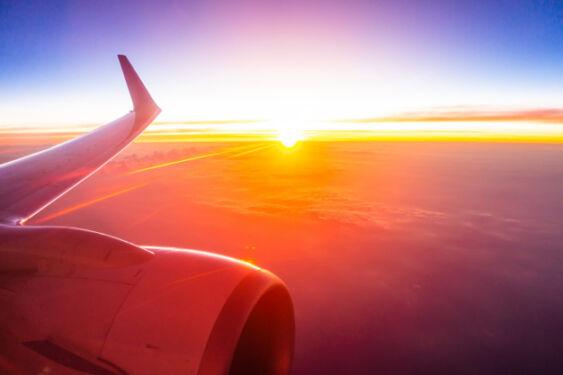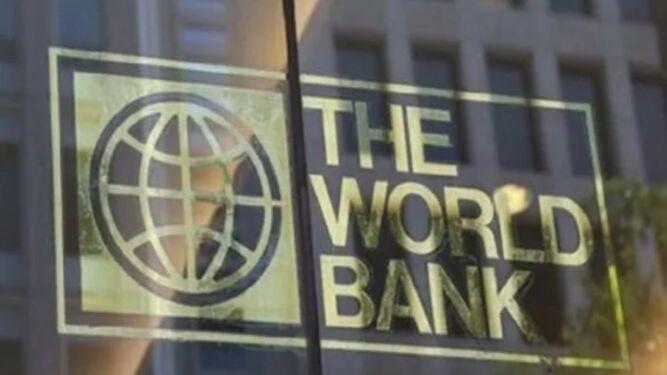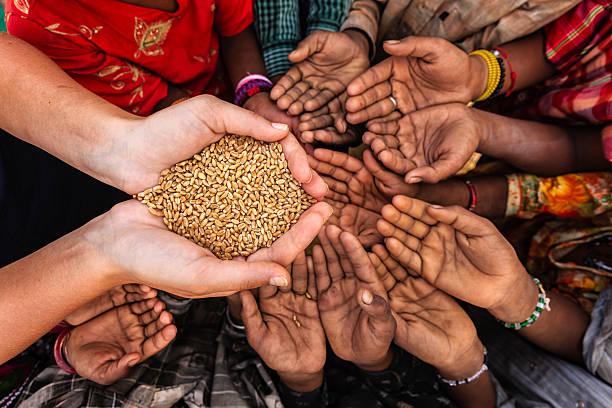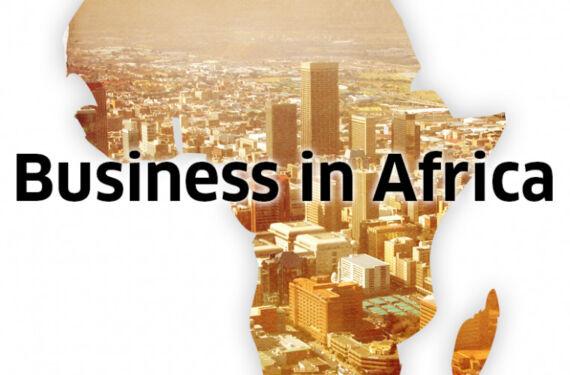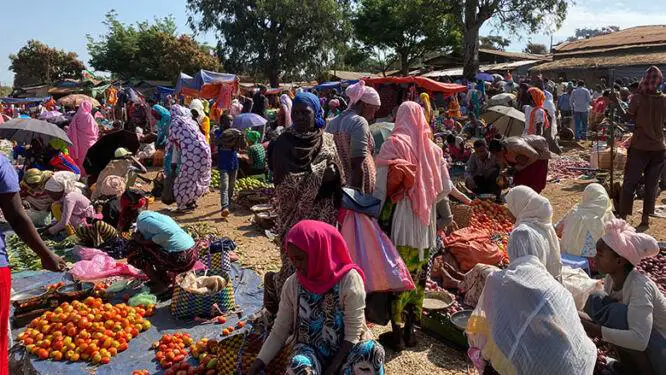- Abu Dhabi radiates optimism as over 300 startups join AIM Congress 2024
- TLcom Capital Raises $154 million in Funding to Boost Its African Growth
- Africa’s $824Bn debt, resource-backed opaque loans slowing growth — AfDB
- LB Investment brings $1.2 trillion portfolio display to AIM Congress spotlight
- AmCham Summit kicks off, setting course for robust future of US-East Africa trade ties
- Why the UN is raising the red flag on the UK-Rwanda asylum treaty
- Portugal’s Galp Energia projects 10 billion barrels in Namibia’s new oil find
- Wärtsilä Energy offers tips on how Africa can navigate energy transition and grid reliability
Author: Caroline Muriuki
In April, the private sector in Uganda continued to recover with employment, purchasing orders and business conditions consistently improving since February this year.
This is according to a monthly report sponsored by Stanbic Bank and produced by IHS Markit dubbed ‘Stanbic Purchasing Managers’ Index (PMI)’.
According to the report Uganda’s PMI rose to 57.8 in April 2021 from 53.2 in March which reflected a monthly improvement in conditions.
“Firms posted an increment in new orders and output across each of the five broad sectors thereby extending the current sequence of expansion and growth at the start of the second quarter which is an indication that Uganda’s economy is stabling. A number of respondents indicated that they had secured new customers during the month.” Said Ronald Muyanja, the Head of Trading, Stanbic Bank Uganda.
Purchasing activities in Uganda increased which led to a rise in stocks of inputs, the report noted.…
The cost of living in East Africa has risen with the governments shifting the debt repayment burden to businesses and households by increasing taxes.
According to data from the national bureaus of statistics, in countries such as Rwanda, Uganda, Kenya and Tanzania, an increase in fuel prices as well as weaker local currencies has also contributed to the prices of essential commodities like milk, bread, groceries, oil and fruits.
According to the Bank of Tanzania (BOT), Monetary Policy Statement released early this year, inflation in 2020 was estimated at 5.2 per cent in the East African region which was within EAC convergence criteria of not more than eight percent but higher than 3.2 per cent in 2019.
In March, Uganda posted an increase in the overall monthly inflation which rose to 4.1 per cent from 4.1 per cent in February while Kenya also recorded an increase of 5.9 per cent …
The International Monetary Fund (IMF) picked 28 countries that are to benefit from the $142.7 million debt relief program and Rwanda and Tanzania are drawing benefits.
In the East Africa region, Rwanda led the as the country that enjoyed the highest debt relief of $71.23 million while Tanzania followed at $26.43 million, Burundi at $25.42 million and Ethiopia at $19.71 million. South Sudan, Kenya and Uganda were not part of the selected 28 countries.
This comes after Bretton Woods institution which now plays a central role in the management of balance of payments difficulties and international financial crises, approved the third tranche of grants for debt service relief for 28 member countries under the Catastrophe Containment and Relief Trust (CCRT).
In April and October last year, two tranches were approved which now facilitates the disbursement of grants under the CCRT for payments of all eligible debt service totalling $238 million …
The International Air Transport Association (IATA) highlighted three main priorities that governments in Africa can work on to ensure the survival of African aviation, travel and transport and be able to support economic growth, recovery and development.
IATA highlighted the priorities as: the safe reopening of borders, planning safe restart of operations and the release of committed aid and blocked funds as well as constant financial relief.
IATA noted that in 2020 African airlines received $2.04 billion in government aid which was mostly distributed through cash injections, direct government loans and equity financing. Despite this support, eight airlines in Africa filed for bankruptcy or entered into business administration last year.
In 2020, Air Mauritius (AM) was the first African airline to enter voluntary administration due to the pandemic. South African Airways (SAA) which racked up more than $3.9 billion in debt since 1994 followed as well as South African Express …
In Sub Saharan Africa, growth is expected to rebound by 2.3 per cent in 2021 and 3.1 percent in 2022 from a 2.0 percent contraction in 2020 according to a report by World Bank.
The report is dubbed “Covid-19 and the future of work in Africa: Emerging trends in digital technology adoption” by the World Bank.
Rebound in private consumption, industry and services will be supported by continued growth in the agriculture sector, rise in commodity prices due to rising demand for commodities.
This recovery may however be affected by delayed access to covid-19 vaccines and the resurgence of the pandemic.
Private consumption and business investment spending are likely to be affected by restrictions in case of a second wave before vaccines become widely available.
In 2022, growth is expected to rise to 4.1 percent as vaccines rollouts increases across the region, therefore, providing a stronger boost to consumer and …
In 2021, it is estimated that 39 million Africans could fall into extreme poverty while in 2020 about 30 million Africans were pushed into extreme poverty as a result of the pandemic, African Development Bank said in its report.
In its African Economic Outlook 2021 report, African Development Bank said that the most affected people are those with lower levels of education, working in informal jobs and those with fewer assets.
According to the report, in order to lift the newly extreme poor to the $1.90 per day poverty line, the monetary cost is estimated at $4.5 billion in 2021 which is about $90.7 million on average per country.
The report noted that women and households headed by females could represent a large proportion of the newly poor. It also said that inequality will increase to the vulnerable groups such as women, youths and low skilled informal workers as they …
The International Monetary Fund (IMF) said that it foresees a 4 percent GDP for the Middle East and North Africa (MENA) in 2021 and 3.7 percent in 2022.
In 2020 the projections were at -3.4 percent and 3.1 percent in IMF’s October regional outlook forecast for 2021.
According to IMF’s April regional report released yesterday, MENA importers in 2021 will record a GDP of 2.3 percent and 4.5 percent in 2021 a rise from -0.8 percent in 2020.
Speaking during the sidelines of the World Bank’s and IMF’s meeting, the Director of the Middle East and Central Asia Department, Jihad Azour said that “Our region reacted swiftly and with resolve, implementing measures that helped contain the pandemic spread and cushion the economic blow. Now, a year later, the novel coronavirus (COVID-19) vaccine and favorable external environment, offer hope that the end of the crisis is within sight.”
He said that …
Kenya
Tax, costs ‘bigger threat to businesses than COVID-19’
According to a survey by the Central Bank of Kenya (CBK), the majority of Kenyan company chief executives said that the high cost of doing business and taxation posed the biggest threat to their business operations over the next 12 months belittling the financial fallout caused by the pandemic.
The CEOs survey pointed out that progression has been hindered by a challenging business environment despite business leaders projecting a substantial economic rebound in the second quarter of the current fiscal year counting on the improving sales and orders.
CBK said that the effects of the pandemic were lesser compared to taxation issues like the introduction of new taxes and withholding tax/VAT refunds and excise duty on fast-moving consumer goods.
“Businesses were also concerned about the effects of the third wave of the COVID-19 pandemic, particularly the success or otherwise of the …
Rwanda’s current account deficit in 2021 is expected to decrease to 10.42 per cent of the Gross Domestic Product (GDP) and improve in 2022 to 9.1 per cent due to covid-19 vaccine rollout which is expected to trigger a rebound in foreign direct investments and tourism.
The report is dubbed “African Economic outlook 2021: From Debt Resolution to Growth: The Road Ahead for Africa” by the African Development Bank (AFDB).
The report noted that in 2020 the country’s current account deficit recorded 16.5 per cent of GDP compared to 9.3 per cent in 2019. This was due to reduced foreign direct investments and low exports in 2020.
According to the report, in 2021 Rwanda’s fiscal deficit is expected to narrow to 7.8 per cent of GDP and due to a planned fiscal consolidation in the 2021/22 fiscal year, its GDP is expected to further improve in 2022 to 7.2 per …
In 2020 gross reserves amounted to $3.1 billion which the reports said is like 2.5 months of imports and are not likely to provide a short term alternative source of development financing.
With Ethiopia expected to receive $1 billion in Eurobond in December 2024, expanding public debt in the context of large public expenditure requirements can limit the fiscal space which will lead to repayments risks. To address this challenge, the country will need to work on reforms in public finance and investments management so as to improve the efficiency of public expenditures, the report explained.
In order to contain the debt burden in the government has established the fiscal consolidation strategy ‘Home-Grown Economic Reform agenda’, which plans to expand public financing sourcing, suspend non-concessional borrowing, harness grants and concessional loan and restructure debts.…





